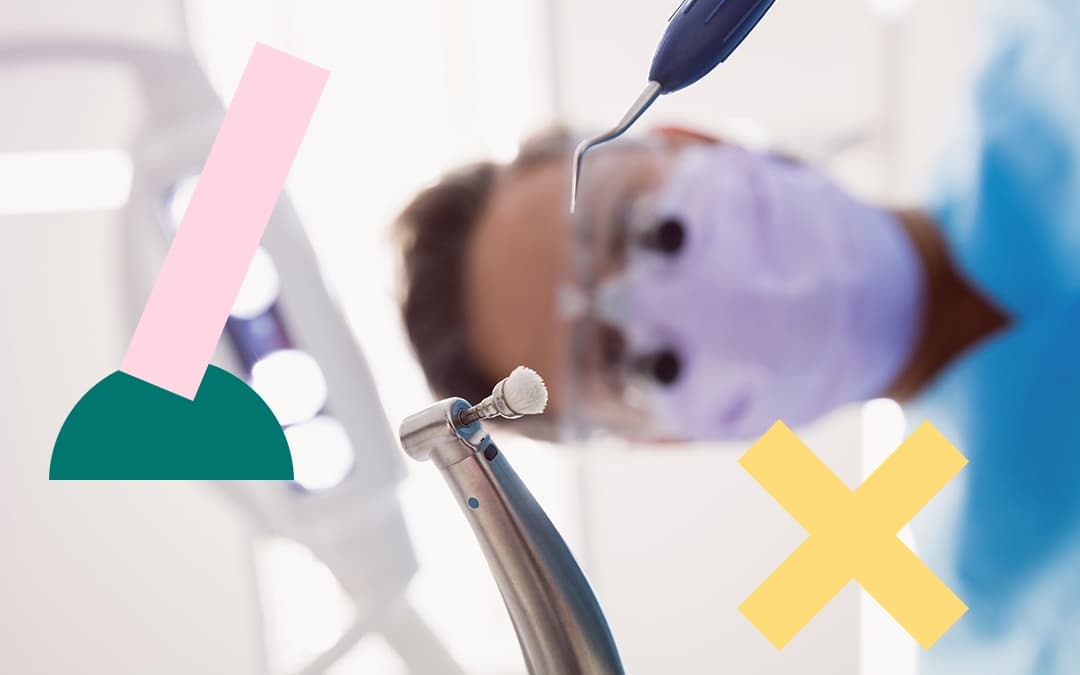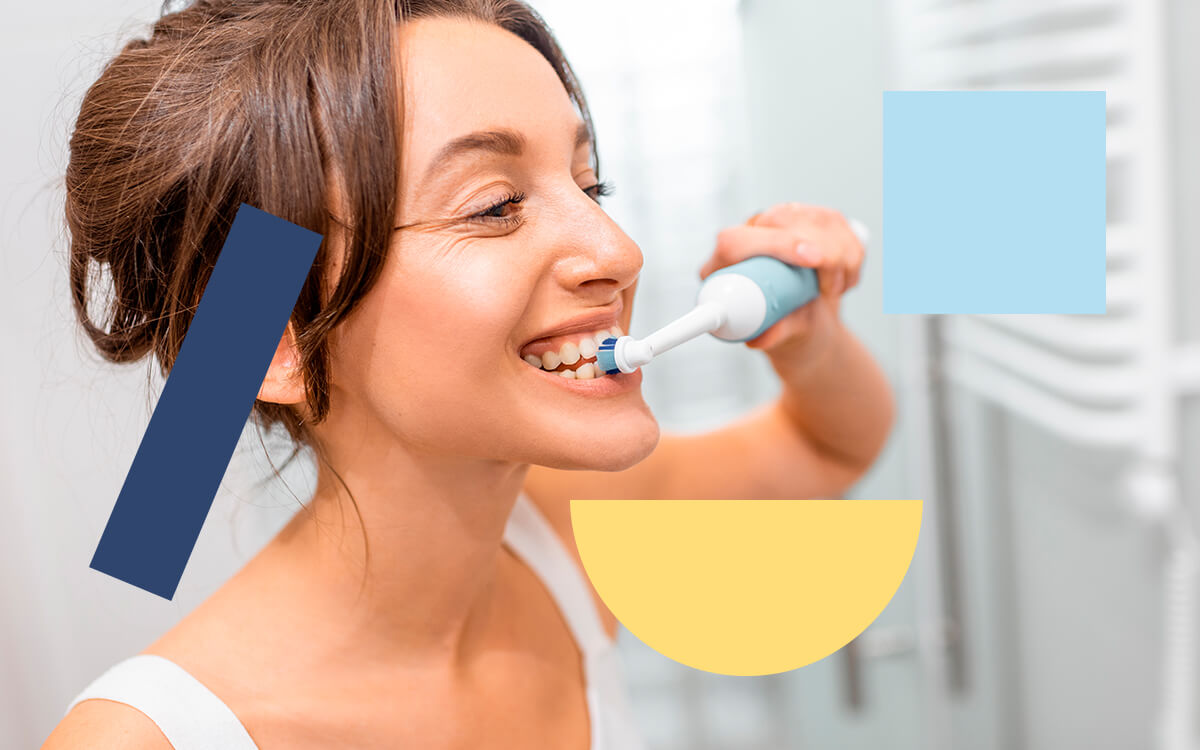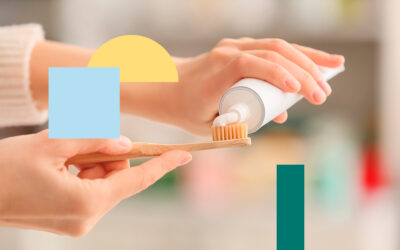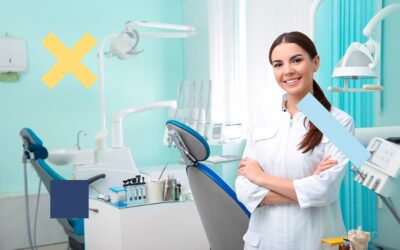Dental Surgeons around the world have been affected in different ways by the new Coronavirus (SARS-CoV-2), responsible for the pandemic COVID -19 ( Coronavirus Disease 2019). The practice of dentistry in this new scenario brought uncertainties generated by the high risk of contamination inherent to dental procedures, new biosafety protocols, in addition to financial difficulties related to the exponential increase in costs with personal protective equipment (PPE), confinements and reduction in the number of patients treated. All these changes, together with the strong emotional impact of the fear of contracting and transmitting the disease, led to the early retirement of many professionals.
Don't all questions have answers?
Questions that have not yet been fully answered by science are still present in the routine of clinical dentists or specialists, such as:
What has changed in relation to biosafety standards and what is their impact on dental practice?
The pandemic COVID-19 brought to the forefront the continuous review of biosecurity protocols, involving changes from patient entry at clinic and office reception areas, structural adjustments and opening hours, to clothing and permanent incorporation of PPE in the dental practice. The scheduling of consultations nowadays involves international recommendations on the application of health questionnaires with the aim of filtering out patients with flu-like symptoms, or who have had contact with infected patients in the last 14 days. Temperature measurement has become standard practice when patients enter commercial and/or health care facilities, in addition to increased spacing between consultations to avoid crowding in the waiting room and essential air renewal in the service room. Employees and Dental Surgeons had to change the way they dress at work, incorporating, once and for all, surgical pyjamas in their clinical care routine, FFP2 masks, face shields and disposable aprons necessarily changed for each patient treated. Sanitary restrictions imposed by the States and Municipalities on the opening hours of establishments, curfews and occasional confinements caused productivity to drop abruptly, which added to the exponential increase in expenses generated a strong economic impact on clinics and consultions. Recovery has still been difficult for many professionals, due to the low demand for health care services, coupled with the high unemployment rate of the population and the fear of contamination when leaving home.
What is the influence of oral health on COVID-19, the oral manifestations of the disease and what is the role of the Dental Surgeon in this context?
The scientific society has presented several case reports and case series showing the main oral manifestations caused by SARS-CoV-2 virus. As with other viral infections, the presence of blisters, vesicles, pustules and ulcerated lesions are often identified as oral manifestations of this pathology. Reports of plaque, halitosis, dysgeusia, pigmentation, papules, fissured or unstacked tongue, lingual and other mucosal edema, among others, are also described. Given the diversity of clinical features, the professional should be able to make the differential diagnosis between SARS-CoV-2 and other pathologies, thus providing an adequate management of these oral findings. Thus highlighting the role of the dental surgeon in the follow-up of these patients, avoiding possible complications in which the oral cavity may be involved. Exclusive products for the needs of oral health professionals.
Discover our products for professionals

What are the recommendations for infected patients or patients with sequelae of COVID-19?
Several societies have been publishing recommendations on the performance of clinical procedures and elective surgeries in patients post-infection with COVID-19. It is important that this information is disseminated and standardised among other healthcare professionals, especially dental surgeons, due to the nature of their procedures. In a recent publication, the Brazilian Society of Anaesthesiology (SBA) translated into Portuguese the guidelines recommended for the care of postCOVID-19 patients by the American Society of Anaesthesiologists (ASA) and the Anaesthesiology Patient Safety Foundation (APSF). For clinical procedures and elective surgeries in patients infected with COVID-19, the general recommendation is that they be postponed until the patient has fully recovered and meets isolation criteria for a period of 14 days after symptom onset. Studies of patients who underwent serial RT-PCR testing for SARS-CoV-2 indicate that infected patients are at low risk of transmission as early as 10 days after symptom onset, and in 95% of these patients, viral replication was not present 15 days after symptom onset. However, the Center for Disease Control (CDC) recommends that post-isolation discontinuation of COVID-19 should also take into account data such as the continued absence of symptoms (e.g. cough, shortness of breath and fever) or the need for medication to control symptoms. Because COVID-19 infection can affect patients' systems and organs, it is important for the dental surgeon to conduct an individualised pre-surgical assessment to determine the exact timing of resumption of treatment in post-COVID-19 patients. According to a document published by the SBA, the waiting times for elective surgery in these patients are:
- Four weeks for an asymptomatic patient or after recovery from mild symptoms.
- Six weeks for a symptomatic patient (e.g. cough, dyspnoea) who did not require hospitalisation.
- Eight to ten weeks for a symptomatic patient who is diabetic, immunosuppressed or has been hospitalised for complications from COVID-19.
- Twelve weeks for a patient admitted to ICU for complications from COVID-19.
Even with all the care and guidelines followed, it is important to consider the flexibility of these times due to the extent of the dental surgical procedure, associated comorbidities and the presence of residual symptoms, such as fatigue, dyspnoea, chest pain and cardiovascular complications.
Final considerations
Even with the future development of specific treatments for COVID -19 infection and new vaccines, it is likely that dental practice will never be the same again. Due to the high rate of scientific publications on the subject in recent months and the constant changes in guidelines, the most significant attitude to be adopted by all healthcare professionals is to consider every patient as potentially infected by COVID-19. The role of the Dental Surgeon in the face of COVID-19 involves prevention of contamination of new patients and their staff, diagnosis and management of the main oral manifestations and education of patients and their families.




 What to consider when choosing the best electric toothbrush?
What to consider when choosing the best electric toothbrush? How to relieve pain with newly placed braces?
How to relieve pain with newly placed braces? How to keep your breath fresh?
How to keep your breath fresh?

